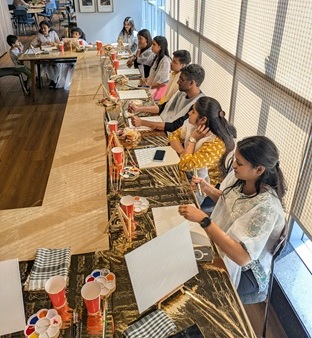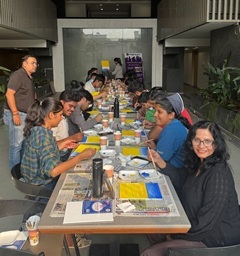

Welcome to the world of art investing!
Imagine owning a piece of history, a tangible expression of human creativity, and an asset that potentially appreciates over time. Contrary to popular belief, investing in art isn’t just for the ultra-wealthy. With the right knowledge and guidance, anyone can become a discerning art collector.
Why Consider Art as an Investment?
Firstly, art offers diversification. Unlike stocks and bonds, it holds little correlation to traditional markets, protecting your portfolio during economic downturns. Secondly, tangible assets like art tend to hold their value over time, acting as a hedge against inflation. And beyond financial gains, collecting art can be intellectually stimulating and personally fulfilling, bringing beauty and cultural significance into your life.
But Before You Dive In…
Art investment isn’t a get-rich-quick scheme. It takes loads of patience, research, and a long-term perspective. Here are some key considerations:
Tips for Savvy Art Investors:
Emerging Trends in Art Investment:
Keep an eye on these exciting developments:
Investing in art can be a rewarding journey, combining financial potential with cultural enrichment. By starting informed, staying curious, and appreciating the intrinsic value of art, you can become a successful collector and navigate this unique asset class with confidence.
Know, this is just a starting point. Do your own research, consult with experts, and most importantly, enjoy the process of discovering and collecting art that speaks to you!
Image credit:

Create, Connect, Collaborate!
